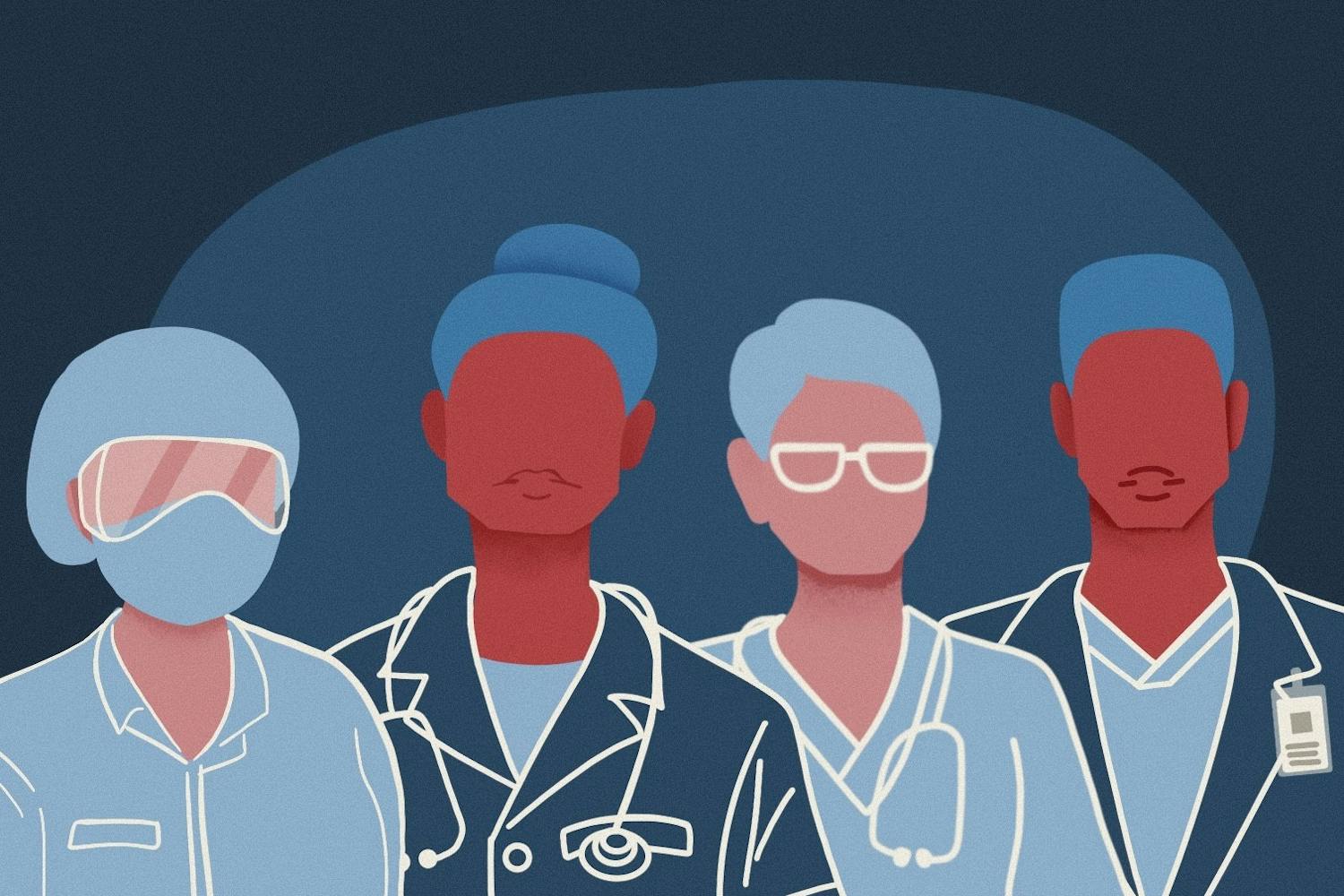You may often hear that the government ought to spend less money on defense and more on education. On the surface, that statement sounds like a great idea, but in reality, it is not enough.
Government spending doesn't make college more affordable. It only gives colleges incentives to keep or even raise their tuition rates. If the government continuously provides student loans, colleges will have no reason to lower tuition costs.
In 1964, federal student aid was $231 million. Today, that figure is now $105 billion, representing an increase in spending of nearly 500 percent. Despite this, college costs have incessantly increased during the same time span, demonstrating that higher spending does not lead to lower costs.
Higher spending also does not help those it should be helping: lower-income students who ordinarily would not be able to afford college.
“Only 7 percent of recent college grads come from the bottom-income quartile compared with 12 percent in 1970 when federal aid was scarce,” Ohio University professor and economist Richard Vedder told the Washington Post.
College is meant to be a great experience and should not be something students will later come to regret after incurring high levels of student loan debt.
In August, President Barack Obama outlined a new plan to curb tuition rates. His plan involves tying financial aid to college performance and making it easier for borrowers to discharge debt.
While tying financial aid to performance could be a good thing, it could lead to “grade inflation,” an already growing problem in itself.
Moreover, making it easier for a borrower to discharge debt would only create the mindset for students that they do not need a high-paying job to pay off their debts. This would incentivize fiscal irresponsibility, something Washington knows all too well.
One potential solution lays in for-profit colleges. The Obama administration has criticized for-profit colleges because of their high dropout rates, but these institutions target the group Obama wants to reach: low-income minorities. Washington should stop demonizing for-profits and instead welcome them into the market.
Increased competition could help drive tuition rates down, as students seeking a degree would transition to the more affordable alternatives.
Another solution could be online education. Many universities, including ASU, already offer courses and even entire degrees online at a fraction of the cost of traditional degrees.
Many companies also offer courses for free called “massive open online courses” (MOOCs). In most cases, students learn just as much if not more from online instruction without having to take a single student loan.
The best way Washington can help is by simply getting out of the way of innovation instead of trying to create it. It should stop “throwing” money at the problem and instead, let for-profit colleges and other educational alternatives lead the way.
Reach the columnist at jjmah@asu.edu or follow him on Twiter at @JonathanMah



